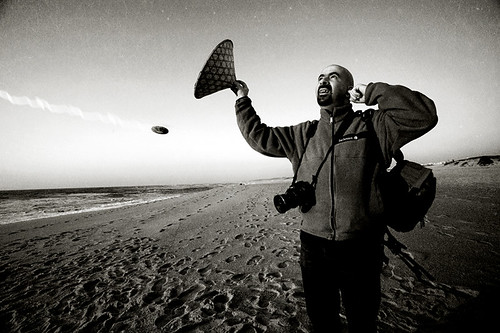Finding new books is always exiting and I am looking forward to reading Two Bits: The cultural significance of Free Software by Christopher M. Kelty
Free Software is a set of practices devoted to the collaborative creation of software source code that is made openly and freely available through an unconventional use of copyright law. Kelty shows how these specific practices have reoriented the relations of power around the creation, dissemination, and authorization of all kinds of knowledge after the arrival of the Internet. Two Bits also makes an important contribution to discussions of public spheres and social imaginaries by demonstrating how Free Software is a “recursive public” public organized around the ability to build, modify, and maintain the very infrastructure that gives it life in the first place.
My only concern so far was that in the beginning of the book I found the sentence: This is a book about Free Software, also known as Open Source Software, and is meant for anyone who wants to understand the cultural significance of Free Software.
It is always disconcerting when people mix up free and open source software – to many the difference may not be important but when someone writes a book about the subject they should know that these are not synonymous terms. Despite this after browsing through the book – it looks very promising.
The book is available under a Creative Commons license (by-nc-sa) and can be downloaded from the book website.



